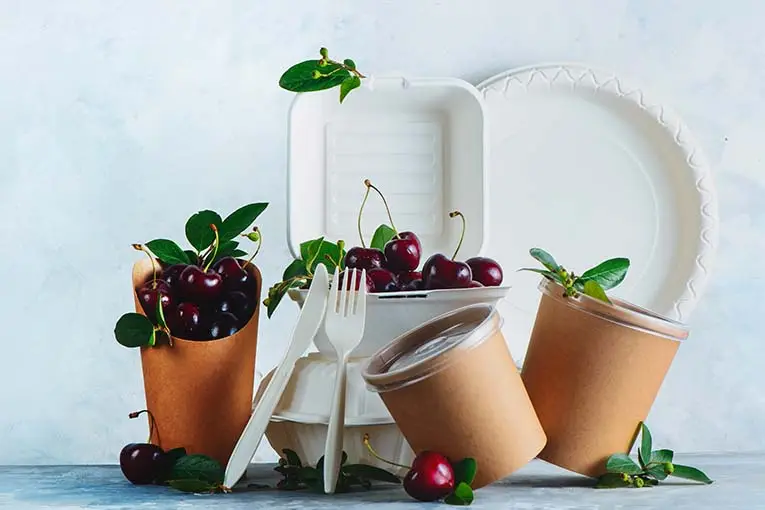Food packaging has come a long way since the dawn of civilization. From simple containers made of natural materials to advanced packaging technology using artificial materials, the history of food packaging is a fascinating journey that reflects the evolution of human civilization.
The rise of e-commerce is also transforming the food logistics industry. Online grocery shopping is becoming increasingly popular, and food retailers are adapting to meet the growing demand. This has resulted in the development of new delivery systems, such as refrigerated trucks and containers, to ensure that food products are delivered in good condition. Food suppliers are also using technology to streamline their operations, by integrating their supply chain management systems with those of their customers. This helps to reduce waste and improve the efficiency of the delivery process.
Ancient Times
The earliest known form of food packaging can be traced back to ancient times, where humans would store food in natural materials such as leaves, animal skins, and gourds. The use of natural materials for food packaging continued throughout history, with baskets made of reeds or palm leaves being used to store and transport food.
Middle Ages
In the Middle Ages, people started using glass jars, ceramic pots, and wooden barrels for food storage. These materials provided better protection against moisture and air than natural materials, and they also made it easier to transport food over longer distances.
19th Century
During the 19th century, the Industrial Revolution brought about significant changes in the way food was packaged. The development of the canning process made it possible to store food for long periods of time, and the use of tinplate cans became widespread. Paper packaging also became more popular during this time, with the first paperboard box being patented in 1871.
20th Century
In the 20th century, food packaging became more sophisticated and varied, with a range of new materials and technologies being developed. Plastics, for example, began to be used for food packaging in the 1940s, and their use increased rapidly in the following decades. Vacuum packaging, modified atmosphere packaging, and other advanced techniques were also developed during this time, allowing food to be stored for longer periods of time while maintaining its quality.
Recent Developments
In recent years, there has been a growing concern about the environmental impact of food packaging. As a result, many companies are now exploring more sustainable packaging options, such as biodegradable plastics, recycled materials, and reusable containers.
Furthermore, new technologies such as smart packaging are being developed, which can monitor the quality of the food inside the packaging and alert consumers if it has spoiled or is about to spoil.

The history of food packaging reflects the evolution of human civilization and our ongoing quest for better ways to store and transport food. From the use of natural materials in ancient times to the sophisticated packaging materials and techniques of today, the story of food packaging is a testament to human ingenuity and our ability to adapt to changing circumstances. As we continue to face new challenges in the years ahead, it is likely that food packaging will continue to evolve, with new materials and technologies being developed to meet the changing needs of consumers and the environment.



